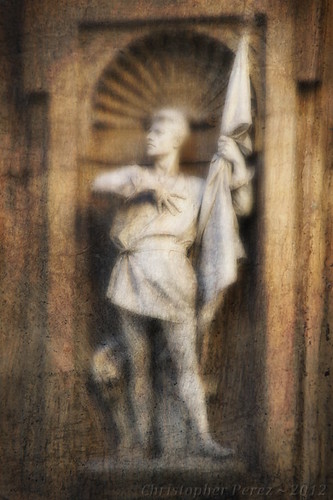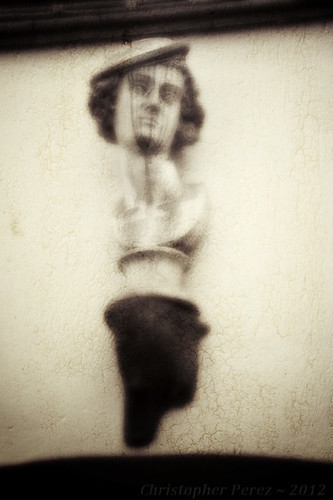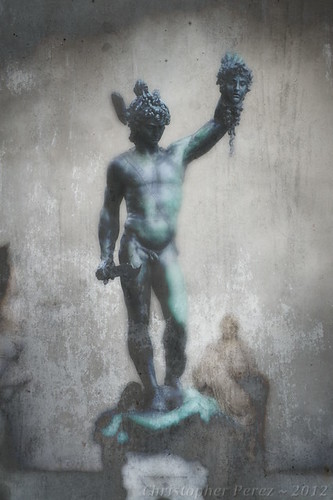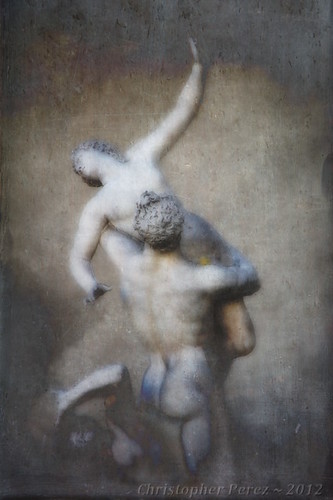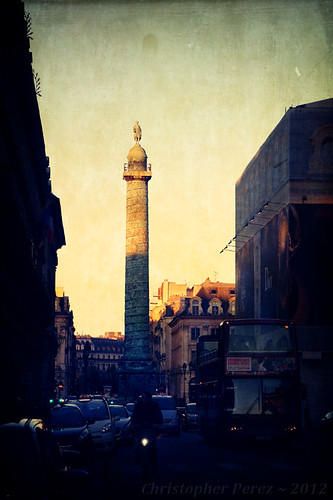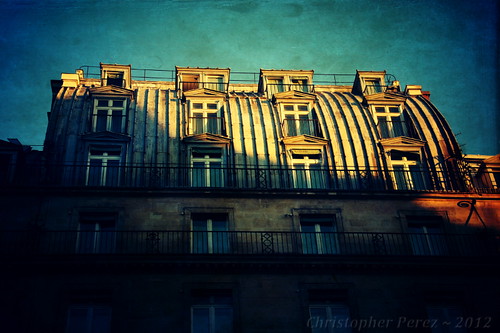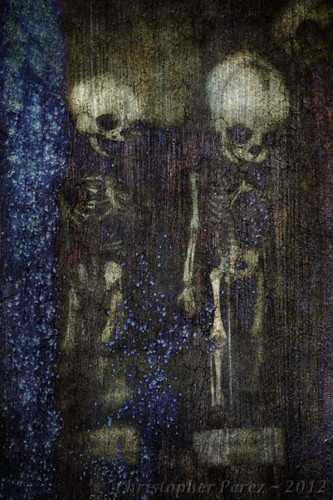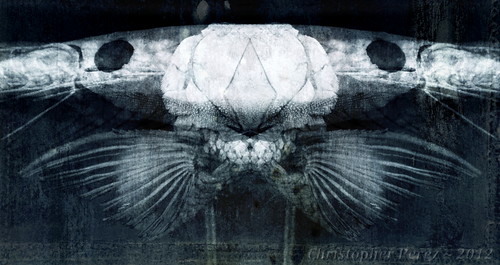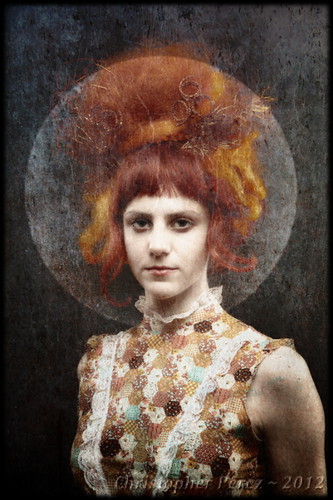The "meaning" and purpose of photography has changed. Radically changed. In just a few years.
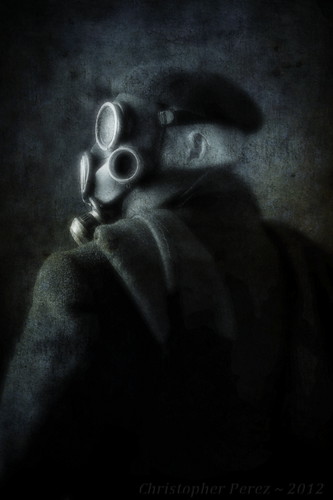
As I've said in the first three installments on this topic, photography has moved from being important as an "object" (something to have and to hold, to display and to enjoy) to being an expression of experience. Cell phone based cameras have flooded the internet with all manner of cruft and junk photography. 250 million images were uploaded to Facebook in 2011 alone. Of this outpouring of images, few could be considered "objects", though some (perhaps very little?) fine work has been turned out.
Most (mobile phone based) photography is now 1) see something 2) snap a picture 3) upload it to the internet to share with the world. All this in the span of just a few moments.
I have spent a fair amount of my free time over the past 40 years working on the craft and practice of photographic image making. I come from a time of film, cameras (sometimes very very large cameras), lenses (sometimes very large and very old lenses), and chemical processes (sometimes nearly alchemically arcane). I have studie William Mortensen where I have worked to understand lighting and composition. I have worked to experience how it is to have one's work hung in nationally recognized galleries and published in international journals of photography. Making images has never come easy to me, yet I enjoy making images immensely.
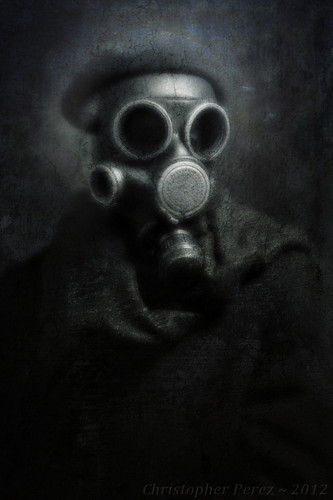
It boggles my mind to think of all the images being dumped into the world. All for, seemingly, a passing glance. How do you get "eyeballs" in this new crazy world of image image image image image image image..?
I can't help but think of painters at the advent of photography. Paint artists must have felt their world had changed forever. Yet painting remains in the world as a serious pursuit, a serious interest, where some people feel there is great value in certain artist's work.
So it may be with "traditional" photography as "object" as well. Early photographic techniques will still be deployed to make new photographic expressions by some artists. Film and chemical processes have yet to disappear. Digital image making... well... that's where I see an open field, even if that field will be empty of most of the human race... who might be looking for photography as an art "object"...
American Tintype from Matt Morris Films on Vimeo.
Realizing the scale of the changes that have taken place, I come to a place once again to where I need to realistically consider what the meaning and purpose of photography is in my life.
My pursuit of creativity seems to follow a stream of nearly endless ideas and pursuits. It's like jumping into a sometimes raging river. I go where inspiration and ideas take me. With an, some might say overly, active mind, inspiration and ideas lead me all over the place. My work unfolds as an expression of my creative experience.
I feel my work is unique. I prefer it this way. I can't stand making "straight" photographs for myself and my own images. Though, I can and do appreciate excellent creative work that seems to come straight out of a camera. No, where I go has to please me. It has to fit whatever inner "vision" comes to me. It has to "be" because it needs to "be". It has to come from the inside (of me) out (to be seen). For this reason, some of my work must seem a little odd to viewers. I'm willing to take the risk of confusing or unsettling viewers. A work emerges because, as I just said, it must emerge.
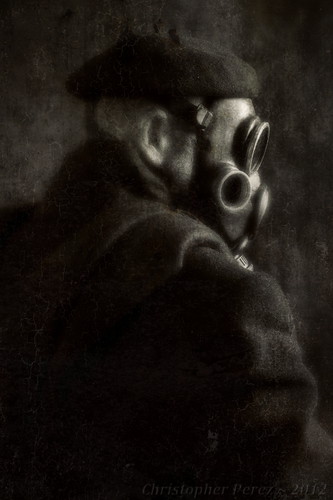
For me, the question of viewership is one that is quickly and easily answered. On Flickr my work has already received approaching one and a half MILLION views. Using software technologies and internet platforms, I will follow the "experience" path of rapid image creation and sharing. Photographs as objects will certainly remain available, but the concentration will be on electronic distribution. I will use places like Facebook, Tumblr, Pinterest, Flickr, and many other such sites. The promise of technology will be fulfilled if I can harness "eyeballs" in these ways and through those social sharing web-communities.
I want to see where all this can lead.
I enjoy the feeling of making order out of a chaotic universe. In the deepest darkest night of the soul, all I'm left with is doing or choosing to not do. Which reminds me. A nice Belgium beer awaits on this cold winter eve...
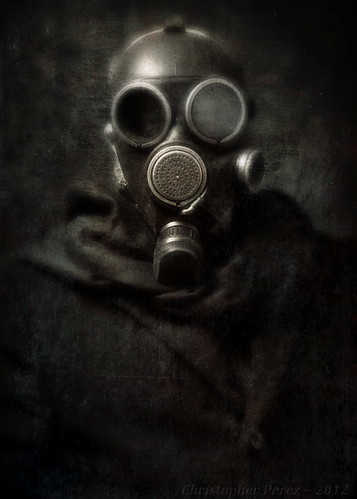

As I've said in the first three installments on this topic, photography has moved from being important as an "object" (something to have and to hold, to display and to enjoy) to being an expression of experience. Cell phone based cameras have flooded the internet with all manner of cruft and junk photography. 250 million images were uploaded to Facebook in 2011 alone. Of this outpouring of images, few could be considered "objects", though some (perhaps very little?) fine work has been turned out.
Most (mobile phone based) photography is now 1) see something 2) snap a picture 3) upload it to the internet to share with the world. All this in the span of just a few moments.
I have spent a fair amount of my free time over the past 40 years working on the craft and practice of photographic image making. I come from a time of film, cameras (sometimes very very large cameras), lenses (sometimes very large and very old lenses), and chemical processes (sometimes nearly alchemically arcane). I have studie William Mortensen where I have worked to understand lighting and composition. I have worked to experience how it is to have one's work hung in nationally recognized galleries and published in international journals of photography. Making images has never come easy to me, yet I enjoy making images immensely.

It boggles my mind to think of all the images being dumped into the world. All for, seemingly, a passing glance. How do you get "eyeballs" in this new crazy world of image image image image image image image..?
I can't help but think of painters at the advent of photography. Paint artists must have felt their world had changed forever. Yet painting remains in the world as a serious pursuit, a serious interest, where some people feel there is great value in certain artist's work.
So it may be with "traditional" photography as "object" as well. Early photographic techniques will still be deployed to make new photographic expressions by some artists. Film and chemical processes have yet to disappear. Digital image making... well... that's where I see an open field, even if that field will be empty of most of the human race... who might be looking for photography as an art "object"...
Realizing the scale of the changes that have taken place, I come to a place once again to where I need to realistically consider what the meaning and purpose of photography is in my life.
My pursuit of creativity seems to follow a stream of nearly endless ideas and pursuits. It's like jumping into a sometimes raging river. I go where inspiration and ideas take me. With an, some might say overly, active mind, inspiration and ideas lead me all over the place. My work unfolds as an expression of my creative experience.
I feel my work is unique. I prefer it this way. I can't stand making "straight" photographs for myself and my own images. Though, I can and do appreciate excellent creative work that seems to come straight out of a camera. No, where I go has to please me. It has to fit whatever inner "vision" comes to me. It has to "be" because it needs to "be". It has to come from the inside (of me) out (to be seen). For this reason, some of my work must seem a little odd to viewers. I'm willing to take the risk of confusing or unsettling viewers. A work emerges because, as I just said, it must emerge.

For me, the question of viewership is one that is quickly and easily answered. On Flickr my work has already received approaching one and a half MILLION views. Using software technologies and internet platforms, I will follow the "experience" path of rapid image creation and sharing. Photographs as objects will certainly remain available, but the concentration will be on electronic distribution. I will use places like Facebook, Tumblr, Pinterest, Flickr, and many other such sites. The promise of technology will be fulfilled if I can harness "eyeballs" in these ways and through those social sharing web-communities.
I want to see where all this can lead.
I enjoy the feeling of making order out of a chaotic universe. In the deepest darkest night of the soul, all I'm left with is doing or choosing to not do. Which reminds me. A nice Belgium beer awaits on this cold winter eve...

